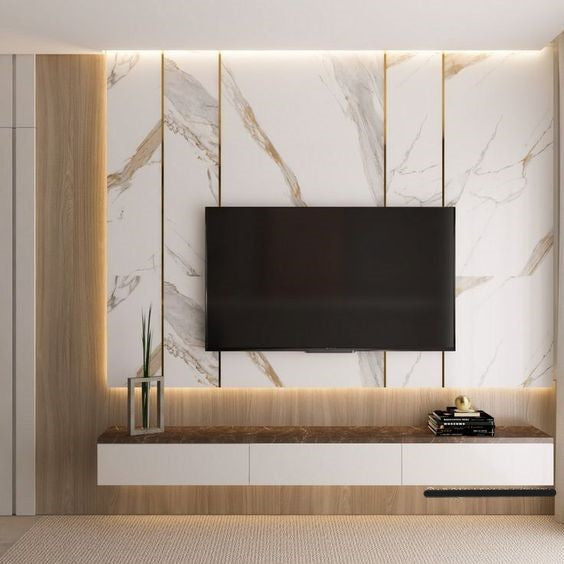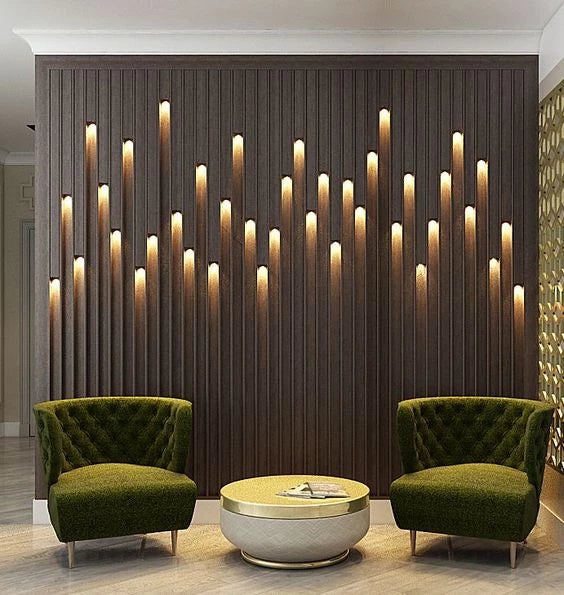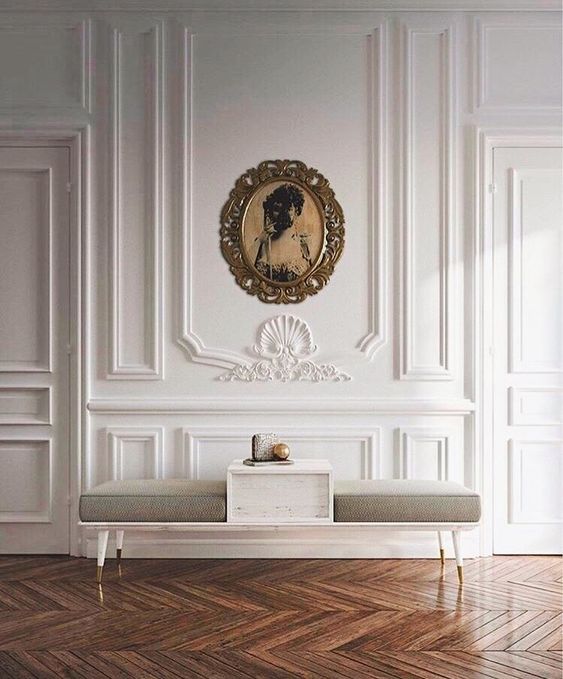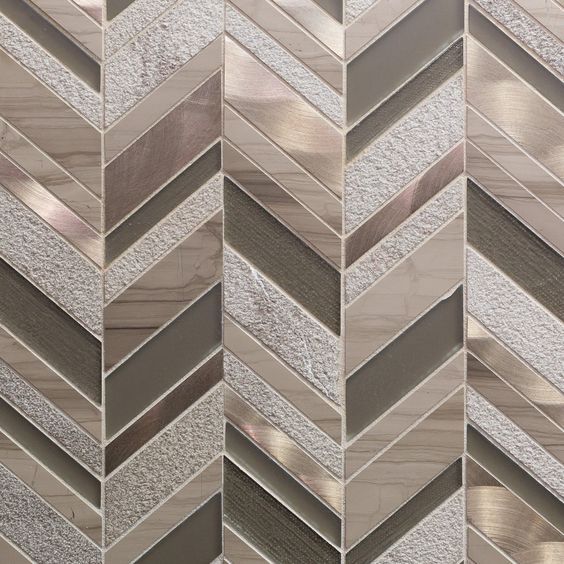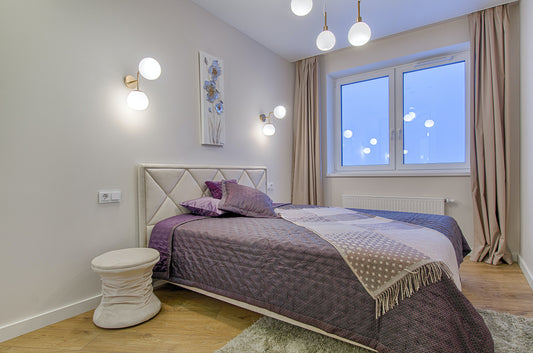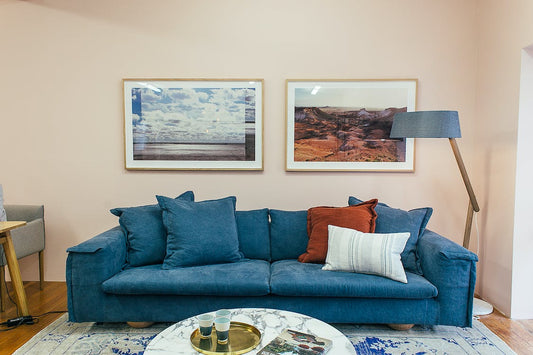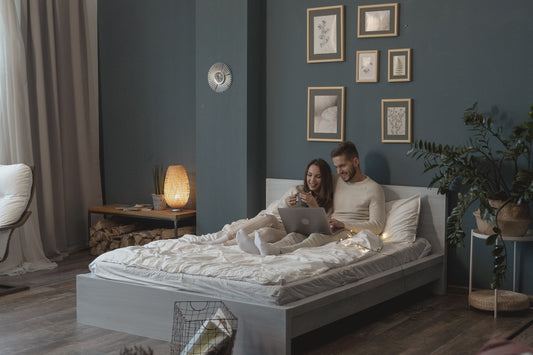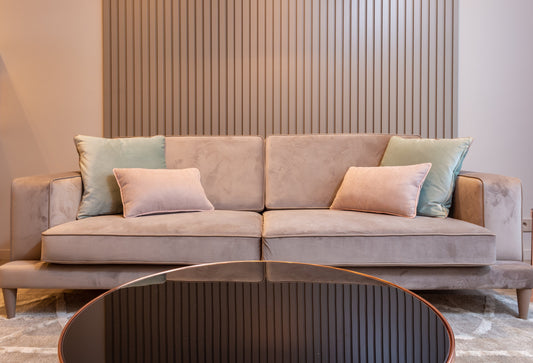Creating a relaxing bedroom retreat is not merely a matter of aesthetics; it significantly influences mental well-being. The bedroom serves as a sanctuary where individuals retreat to recharge and rejuvenate, making it a pivotal space for overall mental health. A calming and well-designed bedroom can foster relaxation, reduce stress, and contribute to a better quality of sleep. The psychological impact of the bedroom environment should not be underestimated, as it plays a crucial role in creating a conducive atmosphere for rest and emotional well-being.
Setting the Foundation
Choosing a calming color palette: The color palette of a bedroom plays a pivotal role in shaping its atmosphere. Soothing color options, such as soft blues, muted greens, and gentle earth tones, have been scientifically linked to promoting relaxation and tranquility. However, the importance of personal preference in color selection cannot be overstated. Individual preferences vary, and it is essential to choose colors that resonate with one's own sense of comfort and peace, ensuring a personalized and serene retreat.
Decluttering and organizing: Beyond color, the physical environment is equally crucial. A clutter-free bedroom environment is fundamental for mental well-being. A cluttered space can evoke feelings of chaos and stress, hindering relaxation and quality sleep. Practical tips for effective organization include optimizing storage solutions, minimizing unnecessary items, and establishing a routine for tidying up. These measures contribute to a visually clean and organized space, fostering a sense of calmness and promoting mental clarity in the bedroom.
Creating Comfortable Sleep Space
Selecting the Right Bedding
Choosing the appropriate bedding is paramount in creating a comfortable sleep space. Opting for breathable and comfortable fabrics is essential for promoting a restful night's sleep. Materials like cotton, linen, and bamboo are excellent choices due to their breathability, moisture-wicking properties, and soft feel against the skin. Additionally, considering factors such as thread count and weave can further enhance the overall comfort of the bedding. Investing in quality sheets and blankets made from these materials can significantly contribute to a cozy and conducive sleep environment.
Exploring the role of pillows and cushions is equally crucial. Plush and supportive pillows can alleviate pressure points and enhance spinal alignment, contributing to a more restorative sleep. Memory foam, latex, and down pillows are popular options, each offering unique benefits. Furthermore, strategically placing additional cushions or a body pillow can enhance overall comfort, providing a personalized touch to the sleep space.
Incorporating Soft Lighting
Utilizing warm and ambient lighting is a key element in transforming a bedroom into a relaxing retreat. Harsh and bright lights can disrupt the body's natural circadian rhythm, making it challenging to wind down before bedtime. Opting for soft, warm-toned lights promotes a calming atmosphere conducive to relaxation. Consider using adjustable light fixtures, such as dimmer switches or bedside lamps with warm LED bulbs, to create a customizable and soothing ambiance. By strategically placing these light sources throughout the room, you can achieve a gentle and comforting glow that fosters a tranquil environment for restful sleep. Avoiding harsh lighting in the bedroom is an essential step in cultivating a serene and comfortable sleep space.
Personalizing the Retreat
Displaying Meaningful Artwork and Decor
Personalizing the bedroom retreat involves incorporating meaningful artwork and decor that resonates with the individual. Adding personal touches, such as photographs, artwork, or sentimental items, creates a connection between the space and its occupant. This not only enhances the aesthetic appeal of the room but also contributes to a sense of comfort and familiarity. Additionally, exploring nature-inspired decor can have a calming effect on the overall atmosphere. Consider incorporating elements like natural textures, earthy colors, or botanical prints to evoke a sense of tranquility and connection with the outdoors.
Integrating Aromatherapy
Enhancing the retreat further involves integrating aromatherapy into the bedroom environment. Selecting relaxing scents, such as lavender, chamomile, or eucalyptus, can have a positive impact on sleep quality and overall well-being. Using essential oils and diffusers allows for a customizable and controlled release of these scents, creating a tranquil atmosphere. Aromatherapy has been linked to stress reduction and improved sleep, making it a valuable addition to a personalized sleep space. By carefully selecting scents that align with individual preferences, one can transform the bedroom into a sanctuary that promotes relaxation and rejuvenation.
Tech-Free Zones and Mindfulness
Creating a tech-free zone in the bedroom is essential for fostering a conducive sleep environment. Numerous studies have highlighted the adverse effects of electronic devices on sleep quality. The blue light emitted by screens interferes with the production of melatonin, a hormone that regulates sleep. Exposure to screens before bedtime can lead to difficulty falling asleep and disrupted sleep patterns. To counteract this, establishing a tech-free routine in the bedroom is crucial. This involves setting a designated time to disconnect from electronic devices, allowing the mind to unwind and promoting a more restful sleep. By minimizing screen time before bed, individuals can create a tranquil atmosphere conducive to relaxation.
Practicing mindfulness and relaxation techniques further enhances the bedroom's role as a sanctuary for rejuvenation. Incorporating meditation or breathing exercises into the bedtime routine can significantly reduce stress and promote better sleep. Mindfulness techniques help quiet the mind, allowing individuals to let go of the day's stressors and enter a state of relaxation. Additionally, exploring the benefits of a calming bedtime ritual, such as reading a book or practicing gentle stretching, can signal to the body that it's time to wind down. By prioritizing these mindfulness practices and creating a tech-free zone, individuals can transform their bedrooms into serene retreats that contribute to overall well-being.
Conclusion
A relaxing bedroom retreat hinges on the establishment of tech-free zones and the incorporation of mindfulness practices. By understanding the impact of electronic devices on sleep quality and actively working to reduce screen time in the bedroom, individuals can create a more conducive sleep environment. Moreover, embracing mindfulness through activities like meditation and calming bedtime rituals contributes to a holistic approach to well-being. In conclusion, the key elements of a relaxing bedroom retreat involve a thoughtful combination of tech-free habits and mindfulness practices, underscoring the importance of investing in personal well-being for a serene sleep environment.

